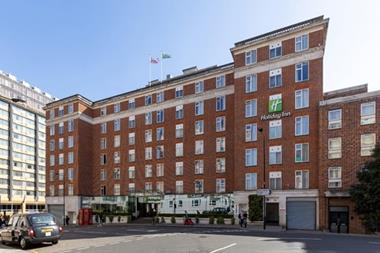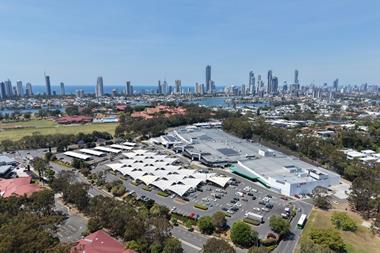EUROPE - Investors are expanding their retail acquisition strategies outside saturated prime to secondary assets in stable markets such as Germany and Sweden, according to a CB Richard Ellis (CBRE) report.
Retail investment totalled €36.2bn in 2010 - a 60% increase over the previous year, compared with 47% across the property market as a whole.
The UK and Germany were the most attractive markets - accounting for 63% of total retail investment - with shopping centres and sale-and-leaseback deals the primary target for risk-averse investors.
However, research released this week suggests investors are looking toward value-added opportunities in non-core assets, primarily in Germany, in search of yield premiums.
CBRE head of European retail investment John Welham said: "To get money invested, you have two choices. You can opt for prime assets in a secondary market and take market risk, or you can choose a stable market such as Germany or Sweden and opt for secondary assets - in other words, take the property risk. That's what we're seeing - investors willing to take property risk."
He said investors were prepared to invest where assets didn't meet prime criteria - for example, where there had been a lack of capital investment over time or where there was a short lease - as long as they saw an opportunity to work the asset.
Asked whether there had been a shift in the kind of investors looking for retail, he said: "We're seeing equity from a wide range of sources - from open-ended German funds, from institutional investors and from sovereign wealth funds. There is no shortage of equity.
"The only shortage is in the debt markets. Were those markets to come back, you'd see the market takeoff even further. That's the only real brake on the size of the market at the moment."
Meanwhile, data published today by Cushman & Wakefield show 30% fewer shopping centre developments came onto the market last year than in 2009. Of the 165 new shopping centres opened, 63% were in Central and Eastern Europe.
Despite uncertain market conditions, the company forecasts a significant uptick by the end of 2011, with Russia and Turkey accounting for 40% of the European total.












